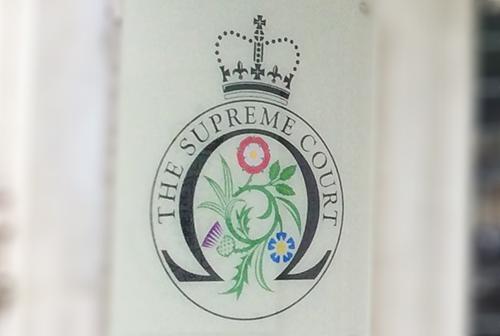A landmark case and the campaigning tips that made it happen

On 8 July 2015, Contact a Family (CF) and Children's Trust Tadsworth (CTT) were delighted to hear that the human rights of young patients and their families will no longer be violated. The UK government will not stop much-needed ‘disability living allowance’ payments for patients who are hospitalised for more than 82 days.
The case also revealed that when a child is admitted into long-term care in hospitals, the costs borne by their family increases in comparison to home-based care. The cost does not reduce or transfer to the NHS, as previously assumed.
IAPO members and patient advocates can learn from this classically run advocacy campaign and the strategies used by the two UK patients’ organizations.
Campaigning tips
1. Never give upKeep challenging for your rights! The CF and CTT started this four-year long campaign in the first-tier Social Security Tribunal in January 2012. Despite having their appeals dismissed at the Upper Tribunal and Court of Appeal, the persistence of CF and CTT saw them winning a further right to appeal in the Supreme Court. Only 70 or so cases, out of 20,000 cases each year, ever clear the hurdles to be heard in the Supreme Court. If the Supreme Court had dismissed their appeal, the organizations were going to take it to the European Court of Human Rights in Strasbourg!
2. Use innovative evidence based approaches in your advocacyAfter years of using traditional advocacy unsuccessfully, the organizations adopted a human rights-based approach to re-frame their arguments in line with the International Human Rights Framework. A right-to-health is inalienable, indivisible, interdependent and interrelated with all other social, economic and cultural rights of patients with chronic conditions!
3. Use patient-voice in your advocacyOne of the turning points in the appeal hearing was the submission of a comprehensive and robust membership survey by CF/CTT. The pair strengthened their case by conducting an online survey, which was completed by 104 families across the UK with disabled children, showing that these families had spent significant periods of time and costs in hospital.
4. Patient-involvement in research and policy developmentBoth charities had undertaken considerable research and policy development with patients and their families, using health economists to strengthen their economic argument. They could then support their position that instead of transferring the costs of the care of a child from the parents and onto the NHS, hospitalisation actually increases costs when compared to home-based care. Families now how to account for travelling costs to the hospital, restaurant level prices for food instead of home-cooking, child-minders for their siblings, and incur loss of earnings due to appointments etc. (sometimes one parent quits employment).
A changed law
The Law is now that a chronically ill child under Article 1 of Protocol 1 European Convention on Human Rights has rights to peaceful enjoyment of possessions (the social welfare benefits and care provision). Any attempt to deny these on the grounds of the severity of his illness, when compared to another non-hospitalised disabled child, is discriminatory and prohibited under Article 14: disability has been found to be a prohibited ground, and discrimination between disabled persons with different needs equally discriminatory.
The full judgement can be found here: Cameron Mathieson, a deceased child (by his father Craig Mathieson) (Appellant) v Secretary of State for Work and Pension UKSC 2014/0166



